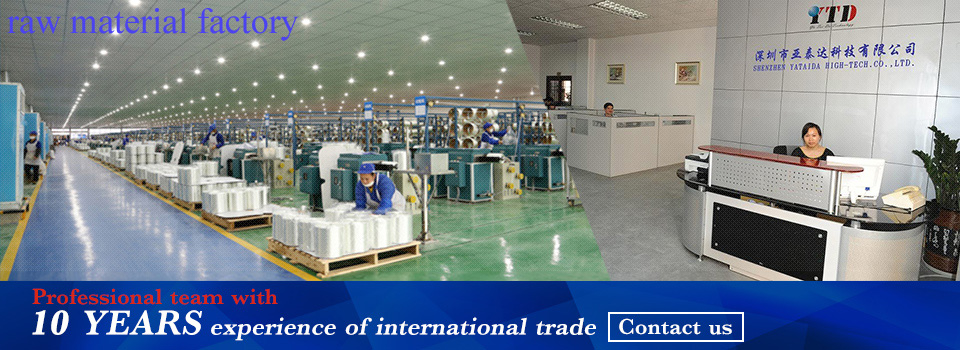
Glass Fiber Differences and Properties
Glass fiber is by far the most predominant fiber used in the reinforced polymer industry and among the most versatile. Although melting glass and drawing into fibers is an ancient technique, long continuous fiber drawn from glass was introduced in the 1930’s by Owens-Corning as glass wool and given the popular name fiberglass.
Fibers made from glass are manufactured in many varieties for specific uses. It typically has a silica content of greater than 50 percent, and the composition with different mineral oxides give the resulting product its distinct characteristics. Various glass types are shown below.
AR-glass – Alkali Resistant glass made with zirconium silicates. Used in Portland cement substrates.
C-glass – Corrosive resistant glass made with calcium borosilicates. Used in acid corrosive environments.
E-glass – Alkali free, highly electrically resistive glass made with alumina-calcium borosilicates. E-glass is known in the industry as a general-purpose fiber for its strength and electrical resistance. It is the most commonly used fiber in the fiber reinforced polymer composite industry.
Keywords in the article: fiberglass chopped strand Milled E-glass fiber adiator plastic tanks red phosphorus potassium chlorate





